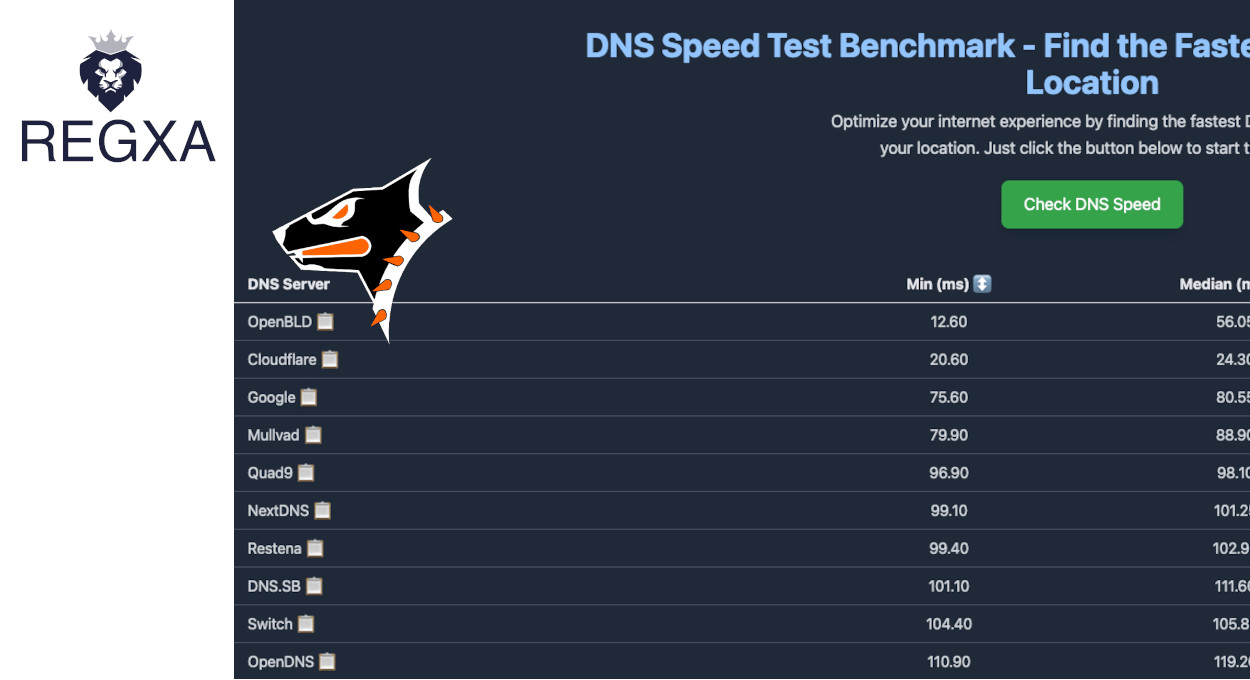↘ OpenBLD.net Submodule - Hagezi DNS Blocklists

Hagezi DNS Blocklists as a Separated Service in OpenBLD.net
Hagezi ⚡ DNS Blocklists - Made with 💓 for a safer and cleaner internet. Privacy is not a crime. Privacy matters. Privacy is what allows us to determine who we are and who we want to be.
You can use Hagezi without any additional blocklists — simply use Hagezi in OpenBLD.net as a DoH link in RIC mode.





